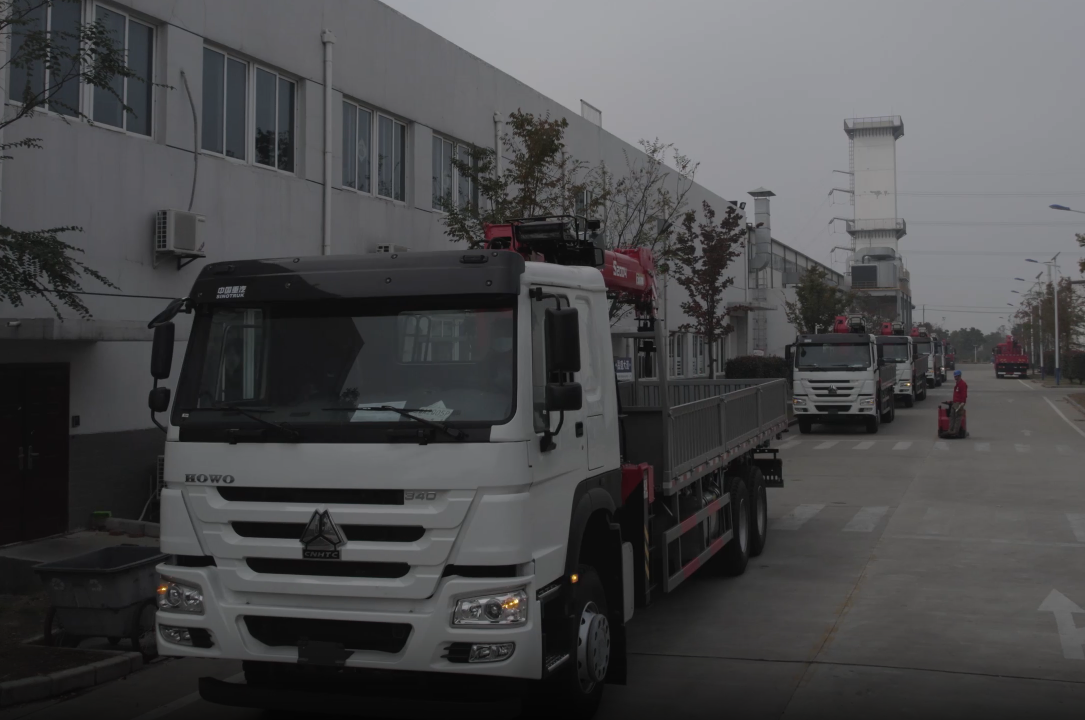- PRODUCTS
- SOLUTION
- SERVICE
- NEWS
- ABOUT US
A low loader crane typically carries loads ranging from 20 tons to 100 tons, depending on its model and configuration. Smaller cranes can handle equipment like excavators, while larger ones are used for heavy machinery like turbines.
Low loader cranes are designed to carry massive weights, and their lifting capacity is basically determined by their size, design, and the purpose of operation. A typical low loader crane, for instance, has a lifting capacity of 20 tons and is commonly used in construction to relocate small machinery, such as backhoes or compact excavators. Larger models are needed for heavier machinery, like large bulldozers or farm machinery. A 50-ton low loader crane would normally be used to lift heavier machinery, such as generators weighing over 30 tons. In such applications, the lifting capacity is judiciously calculated concerning the weight of the load and the distribution on the boom.
The boom length forms the most critical determinant towards assessing the capacity of a low loader crane. For example, a crane having a boom length of 20 meters can support a weight of 30 tons at maximum extension, while if its boom is brought back to 10 meters, its lifting capacity may go beyond 40 tons or more. This is because a shorter boom offers greater leverage and stability, thus the crane's lifting mechanism requires less effort. In other cases, counterweights come in handy in balancing the crane in order to increase its capacity. More massive counterweights on the crane will allow it to lift heavier loads, even with booms that are extended; however, this added weight may decrease the crane's ability to maneuver in tight spaces or on uneven ground.
Cranes of higher lifting capacity, like 70- or 100-ton models, represent high-demanding industries: heavy civil engineering, oil and gas, or large-scale manufacturing. A 100-ton low loader crane, for example, can lift huge turbines or steel beams weighing up to 70 tons. These cranes are fitted with more sophisticated hydraulic systems, providing both higher lifting power and smoother operation under heavy loads.

The operational cost of such high-capacity cranes is significantly higher, often exceeding $1,000 per day for rentals, depending on the location and crane specifications. Such high-capacity operations call for heavy-duty components, so the cranes are not cheap to maintain either.